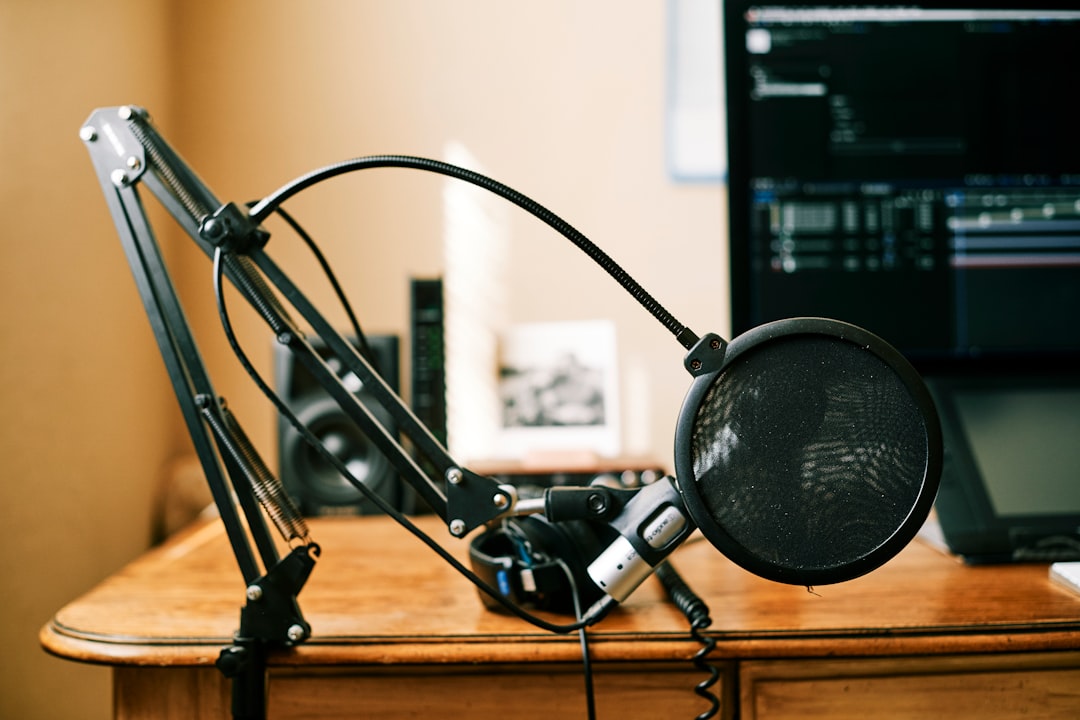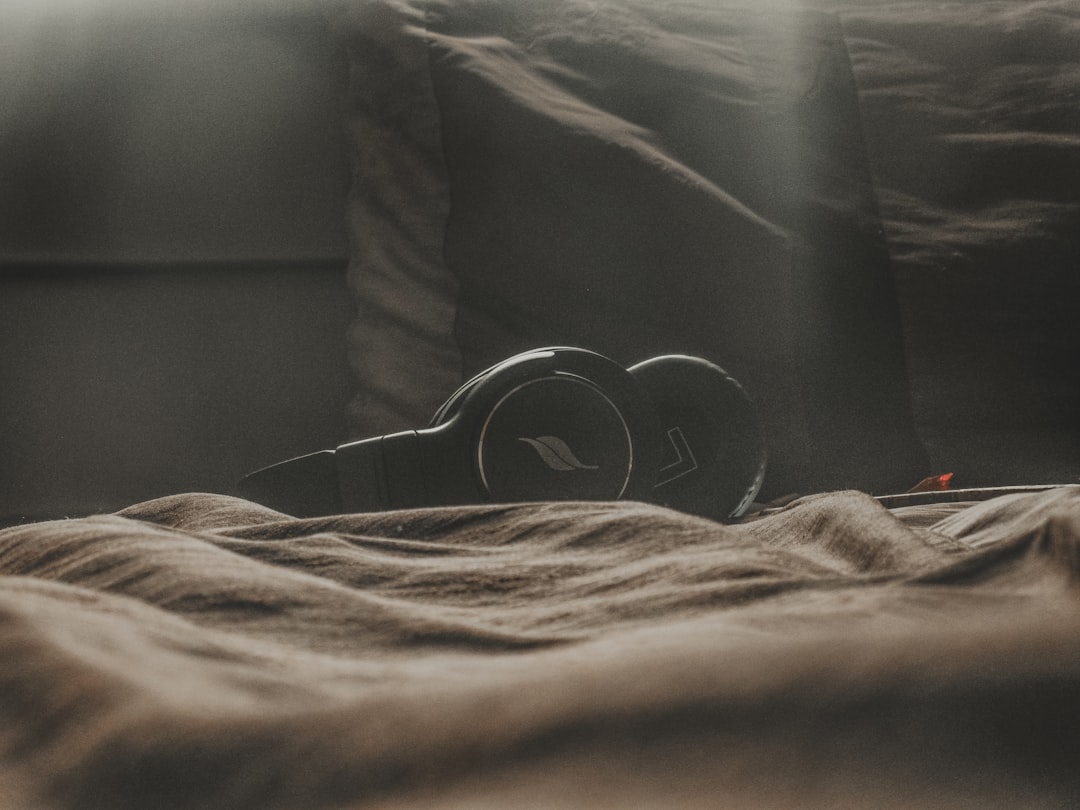My Experience with Asmr Content (is It Really Calming?).
My Experience with Asmr Content (is It Really Calming?)
The internet is a vast ocean of content, and sometimes, you stumble upon something truly peculiar, yet utterly fascinating. For me, that something was ASMR – Autonomous Sensory Meridian Response. I remember seeing snippets of people whispering, tapping, and crinkling things, all while others in the comments raved about “tingles” and profound relaxation. My initial reaction? A mix of curiosity and skepticism. Could these seemingly mundane sounds and gentle visuals really induce a state of calm? Or was it just another fleeting online trend, promising solace it couldn’t deliver? This article isn’t about the general science of ASMR, but a deeply personal dive into my own journey, chronicling my discovery, experiments, and an honest assessment of whether ASMR content truly lived up to its calming reputation in my life.
The Accidental Discovery: How I Stumbled Upon the World of Whispers and Taps
My first encounter with ASMR wasn’t a deliberate search for relaxation; it was pure serendipity, or perhaps, a late-night YouTube rabbit hole. I was probably looking for ambient noise to help me focus while working, or maybe just something to distract me from the endless scroll of news. Suddenly, a thumbnail popped up: a person with incredibly gentle hands, meticulously arranging small objects, accompanied by a title promising “sleep and relaxation.” Intrigued, and admittedly a little bewildered, I clicked.
The video started, and immediately, I was struck by the quiet intensity. A soft voice, almost a murmur, described each object. Then came the sounds: the delicate clink of glass, the rustle of fabric, the almost imperceptible scratch of fingernails on a smooth surface. It was unlike anything I’d ever actively sought out. There was no upbeat music, no dramatic narrative, just pure, unadulterated auditory and visual minimalism. Initially, I felt a slight unease – why was this person whispering? Why were these sounds so amplified? But as I continued to listen, a strange sense of quiet began to settle over me. It wasn’t the immediate, overwhelming calm I’d read about, but a nascent curiosity that kept me watching, wondering if the promised “tingles” would ever arrive.
My First Forays into the Sensory Realm: Did I Feel the “Tingles”?
After that initial accidental discovery, my curiosity was piqued. I started actively seeking out ASMR content. I delved into videos featuring “unintentional ASMR” – everyday sounds like pages turning, keyboard typing, or even Bob Ross painting tutorials. Then, I moved to the more deliberate ASMR creators, exploring categories like “whispering,” “tapping,” “crinkling,” “roleplays,” and “personal attention.” The sheer variety was astounding, almost overwhelming. Everyone seemed to have their favorite trigger, their preferred artist, their go-to video for instant calm.
My early experiences were a mixed bag. The famous “tingles” – that pleasant, static-like sensation often described as starting in the scalp and spreading down the neck and spine – were elusive at first. I’d watch a video, feel a general sense of relaxation, but no actual tingles. Was I broken? Was ASMR just not for me? This made me question the whole “calming” aspect. If I wasn’t getting the signature physical response, was the mental peace I sometimes felt genuine, or just a placebo effect from the low-volume, slow-paced content? I persisted, driven by the testimonials of others and a hope that I, too, could unlock this seemingly magical pathway to tranquility. It took time, patience, and a lot of exploration to understand that ASMR is a deeply personal and subjective experience, and not everyone feels the tingles in the same way, or at all.
Navigating the Labyrinth of Triggers: What Resonated with My Nerves?
The beauty and complexity of ASMR lie in its myriad triggers. What sends one person into a state of blissful relaxation might leave another completely cold, or even irritated. My journey through the ASMR landscape was very much a process of trial and error, a personal quest to uncover what truly resonated with my sensory system. I started broadly, listening to everything from soft-spoken narratives to aggressive ear-cleaning roleplays (which, I quickly learned, were definitely not for me).

After much experimentation, I discovered my specific triggers. Gentle whispering, especially when combined with subtle mouth sounds or soft vocal fry, became a consistent favorite. The feeling of being directly addressed, of having someone speak to me in such a quiet, caring manner, often created a sense of safety and intimacy that was profoundly soothing. Tapping sounds, particularly on wood, glass, or even a microphone, also proved effective. The rhythmic, predictable nature of these sounds seemed to quiet the incessant chatter in my mind. Crinkling sounds, surprisingly, also found a place in my personal ASMR toolkit, especially the crisp, gentle rustle of paper or soft plastic. I found that visual triggers, like slow hand movements or intricate tracing patterns, enhanced the auditory experience, drawing me further into the content.
Finding My Sweet Spot: The Right Creator and Setting
Beyond specific sounds, I also learned that the creator and the overall ambiance of the video played a huge role. Some creators had a voice quality or a demeanor that just clicked with me, while others, despite having popular triggers, didn’t quite hit the mark. The setting also mattered: a quiet room, good quality headphones, and a relaxed posture were essential for me to fully immerse myself and allow the calming effects to take hold. It was like tuning into a specific radio frequency – once I found my station, the signal was clear, and the intended effect became much more pronounced.
Beyond the Buzz: Evaluating ASMR’s True Calming Effect on My Mind
So, after all this exploration, did ASMR content truly bring me calm? The answer, I’ve found, is a resounding and nuanced yes. It wasn’t a magic bullet, nor was it a constant, guaranteed state of bliss with every video. But when I found the right triggers and the right creator, ASMR became a powerful tool for achieving a specific kind of calm that was distinct from other relaxation methods I’d tried.
For me, ASMR’s calming effect manifests in several ways. Firstly, it’s an incredible distraction from overthinking. When my mind is racing with worries or an endless to-do list, the focused attention required to listen to ASMR content pulls me out of that loop. The gentle sounds and visuals demand a certain level of concentration, effectively hijacking my brain from its anxious spirals. This isn’t a forceful distraction; it’s a gentle, almost hypnotic redirection of focus.
Secondly, ASMR has significantly helped with my sleep. There are nights when my mind simply refuses to shut down, replaying conversations or anticipating future events. Playing a familiar ASMR video, especially one with soft whispers and slow, repetitive sounds, acts like a lullaby for my adult brain. It creates a soothing auditory environment that helps me drift off much faster than silence or even traditional ambient music. The feeling of “personal attention” in some roleplay videos can also be incredibly comforting, creating a sense of being cared for, which undoubtedly contributes to a feeling of safety and calm, making sleep more accessible.
The Nuance: When ASMR Didn’t Quite Work
However, it’s crucial to acknowledge that ASMR isn’t a universal panacea. There were times when it simply didn’t work for me. On days of extreme stress or high anxiety, the gentle nature of ASMR could sometimes feel insufficient, even irritating. If I was already agitated, the quiet sounds could feel too slow, too subtle, failing to cut through the noise in my head. There were also videos that, despite being highly rated, just didn’t click with me, sometimes even eliciting an opposite, uncomfortable response. This reinforced the idea that finding personal triggers is paramount, and that the effectiveness of ASMR is highly dependent on one’s current mental state and individual preferences.
Weaving ASMR into My Daily Life: A Tool for Peace, Not a Cure-All
Over time, ASMR transitioned from a




Post Comment